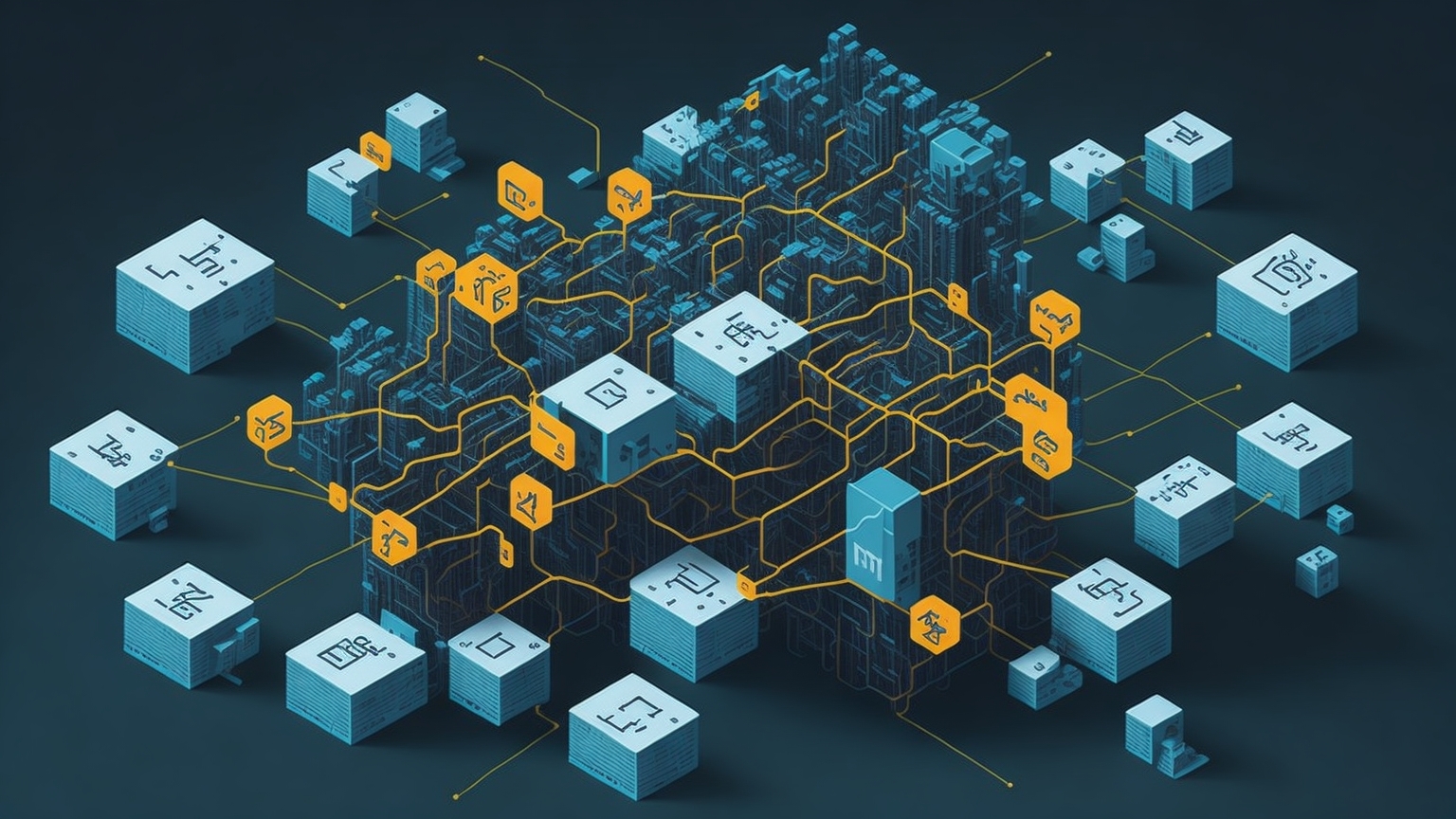Navigating the Threat Landscape: The Specter of 51% Attacks and Their Impact on Blockchain Networks

Harnessing the majority power over a blockchain network, the 51% attack poses an existential threat to the world of cryptocurrencies. This attack’s essence lies in the danger it brings not only to a single network but also to the public trust in blockchain technology. Let’s delve into this critical issue, unraveling its working principle, potential consequences, and infamous real-world occurrences.
The Mechanics of a 51% Attack
A 51% attack is a potential flaw within blockchain networks, especially those that rely on the Proof-of-Work (PoW) consensus mechanism. In this situation, if an entity gains control over 51% or more of a network’s mining power, it can effectively control the network.
Why Should We Worry About 51% Attacks?
The potential damages a 51% attack can inflict upon a blockchain network are significant:
- Double-spending: An attacker can spend the same digital tokens more than once, defeating one of the primary purposes of blockchain technology.
- Blockchain reorganization: An attacker can rewrite the blockchain history, causing severe disruption.
- Transaction blockage: An attacker can stop new transactions from gaining confirmations, effectively halting the entire network.
Instances of 51% Attacks in the Real World
While the occurrence of 51% attacks is rare due to the high costs involved, they have happened. The cryptocurrencies Krypton and Shift fell victim to such attacks in 2016. More recently, in 2018, Bitcoin Gold, Verge, and Monacoin suffered similar fates.
Measures to Ward Off 51% Attacks
Various strategies can be employed to protect against 51% attacks. Adopting a Proof-of-Stake (PoS) consensus algorithm, fostering a wide distribution of network participants, and strengthening security measures are just a few examples.
In summary, while the 51% attack presents a serious challenge for PoW-based blockchain networks, awareness of this threat is crucial for devising strategies to reinforce digital currency security.




